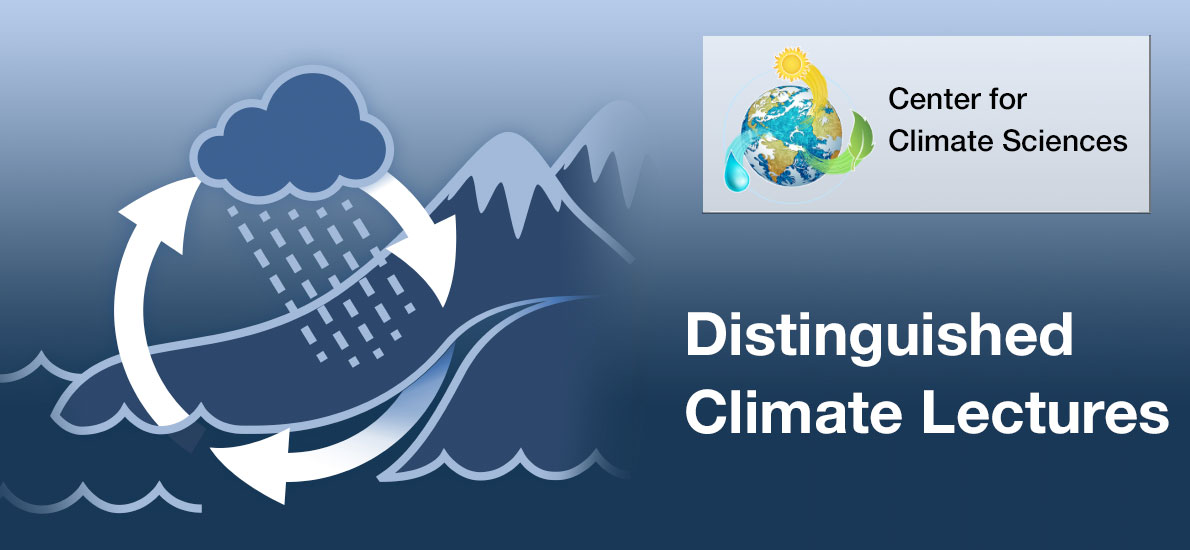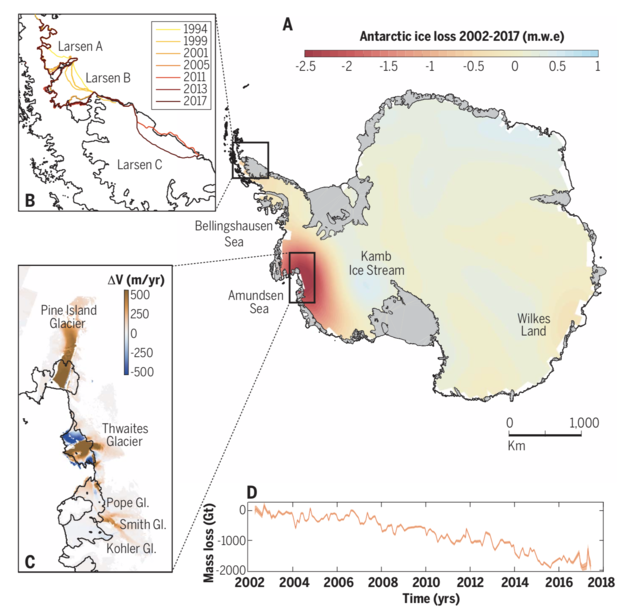Seminars
Exploring Ice Sheet Dynamics in the Era of Remote Sensing Technology
March 19, 2024
| 180-101 (in person) & WebEx, 12:00 pm PT
› view lecture

About this Lecture

Over the past three decades, observations have shown that both the Antarctic and Greenland Ice Sheets have been losing mass at a very fast pace. Glaciers and ice sheets have become today the largest contributors to sea level rise, but their contribution over the next centuries remains a key uncertainty in sea level rise projections. Understanding and reducing these uncertainties to improve the representation of past and future behavior of the ice sheets and their interactions with the other components of the Earth system remains scientifically and technically challenging. During the same period, the amount and quality of remote-sensing observations of the ice sheets has increased exponentially, providing a new picture of the ice sheets and their evolution.
I will start with an overview of the representation of ice sheet simulations in sea level projections over the past few decades, as well as the current limitations and main sources of uncertainty in these numerical simulations. I will then discuss the recent increase in remote-sensing observations, how such observations can be used to better constrain and validate ice flow models, and how they can help reduce uncertainties in projections of future ice sheet contribution to sea level rise. I will finish by discussing remaining limitations, challenges ahead, and critical needs to continue improving ice flow simulations.
About

Hélène Seroussi is an Associate Professor at Dartmouth College. Her research interests are focused on better understanding and explaining ongoing changes of the ice sheets, as well as reducing uncertainties in the ice sheet contribution to sea level rise, by combining numerical models with remote-sensing and in-situ observations. She is one of the co-founders and main developers of the Ice-sheet and Sea-level System Model (ISSM) and a member of the scientific committee of the Ice Sheet Model Intercomparison for CMIP6 (ISMIP6).
